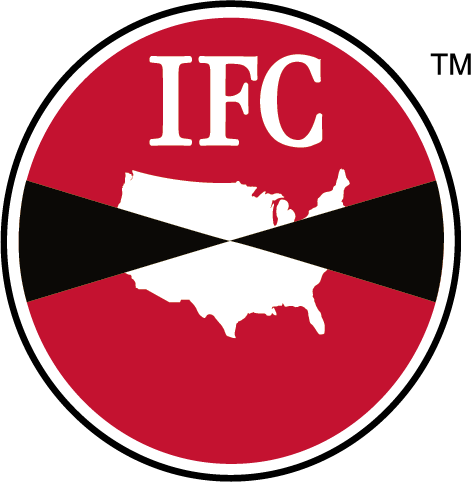A Clean Break with Chlorine Dioxide
A Clean Break with Chlorine Dioxide
Whether it’s post-construction sanitation, concerns about a challenging microbial situation, you’re updating the hygienic design of your facility, or you require a clean break from a harmful and problematic microbial problem, IFC services offer the most effective solution for any type of microbial challenges.
IFC provides full-service chlorine dioxide services that are quick and effective.
- Eliminates microbial life within the treatment area
- Safe on metal, electronics, rubbers and plastics
- No post-treatment cleaning required – no residue
- Can be scaled to any size application
Download Our Whitepaper
Learn the efficacy, advantages, and limitations of chlorine dioxide gas fumigation compared to other commonly used decontamination agents, such as liquid chlorine, hydrogen peroxide, ozone, and UV radiation.

